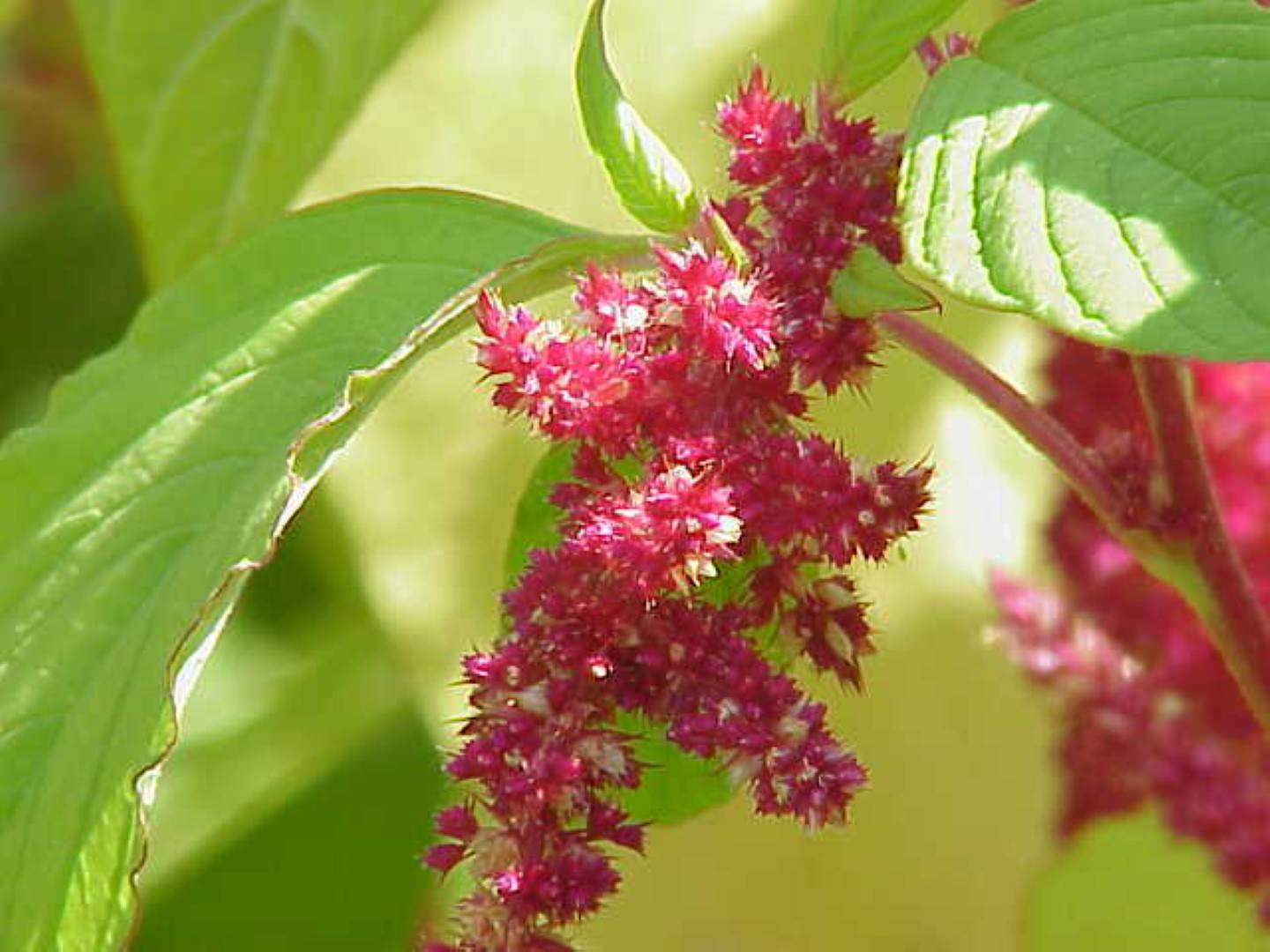- BY Jane Trygar
- POSTED IN Information
- WITH 1 COMMENTS
- PERMALINK
- STANDARD POST TYPE

This post has been updated from the original which appeared on this blog in 2014.
We spent a lot of time discovering our perfect blend of gluten-free flour. We made a lot of dry, crumbly gluten-free pizza crusts before we perfected the delicious, doughy one’s we now sell.
As long-time professional bakers, we had it (relatively!) easy. Dan and I already had years of experience with the science of baking. An absolute novice jonesing to get their hands dirty with gluten-free baking may very well resign themselves to a life of flourless chocolate cakes and no-bake cookies after failed attempts at one recipe or another.
To these frustrated individuals, I say, “Don’t give up!”
There are so many gluten-free flours to choose from that you may find the most overwhelming part of gluten-free baking is figuring out which to use.
Others have put together wonderful lists of all the gluten-free flours along with their various pros, cons, and blending options. I wanted to offer you an introduction to my six favorite gluten free flour substitutes – the ones that we use most frequently and successfully in our breads, buns, and pizzas.
Gluten-Free Flour Substitutes
Rice Flour
It’s cheap, easy to make, and easy to use. For all of these reasons, it is the most commonly used gluten-free flour. You can find it in white, brown, and sweet varieties – all with their unique properties. If you find that you have trouble with grittiness, try using less rice flour, or grind it to a finer consistency.
Recommended reading: How to Make Brown Rice Flour, Gluten-Free Adventures With Rice Flour
Millet Flour
It’s healthy, containing amino acids associated with cell repair, and easy to digest. It helps to thicken baked goods preventing crumbliness. Just make sure you mix it with something like rice flour to prevent the nutty taste from overpowering a recipe. Be forewarned that millet flour spoils more quickly than other gluten-free flours. Therefore I suggest not buying it in bulk.
Recommended reading: How to Use Nutritious Millet in Gluten-Free Recipes
Sorghum Flour
This can be a bit trickier to deal with. It’s more difficult to digest than some of the other gluten-free flours and has a tendency to make baked goods crumbly and dry. You can get around this by adding 2x the fat called for in the recipe. This will help keep your baked goods moist.
Recommended reading: How to Bake Gluten-Free with Sorghum Flour
Quinoa Flour
It’s good stuff. In addition to being a complete protein, quinoa flour is source to a whole host of vitamins and minerals including B vitamins, calcium, phosphorus, and iron. Just be sure you rinse or lightly toast the dry quinoa before grinding it into flour to remove bitter oils.
Recommended reading: Queen of Quinoa blog
Corn Flour
This is a good thickener that makes an excellent addition to gluten-free flour mixes. It’s tasteless and dense, which makes it a good alternative to white flour. You only need to ad 1/2 as much corn flour as you would regular wheat flour in a recipe. Just be sure you mix the corn flour in a little water before adding it to your recipe.
Recommended reading: Gluten & Corn Starch
Amaranth Flour
This is a good thickening alternative to corn flour in the case that you’ve chosen to eliminate corn from your diet. This flour has a distinct, bitter flavor and causes baked goods to brown before they’re fully cooked. For these reasons, I advise mixing amaranth flour with other gluten-free flours for a good blend.
Recommended reading: 10 Reasons to Use Amaranth in Gluten-Free Recipes, The Benefits of Amaranth Grains
For more information, check out these general information links:
- A Guide to Working with Gluten-Free Flours on Gluten-Free Girl and the Chef
- Gluten-Free Grains 101: The Best Flour Blend on Gluten-Free Mommy
- Flour Substitutions and Gluten-Free Baking on Ellen’s Kitchen
I’d like to challenge you to try one or more of these flours in your next baking recipe. How does the finished product look? How does it taste? Share your success stories (or failed experiments) on our Facebook page.


